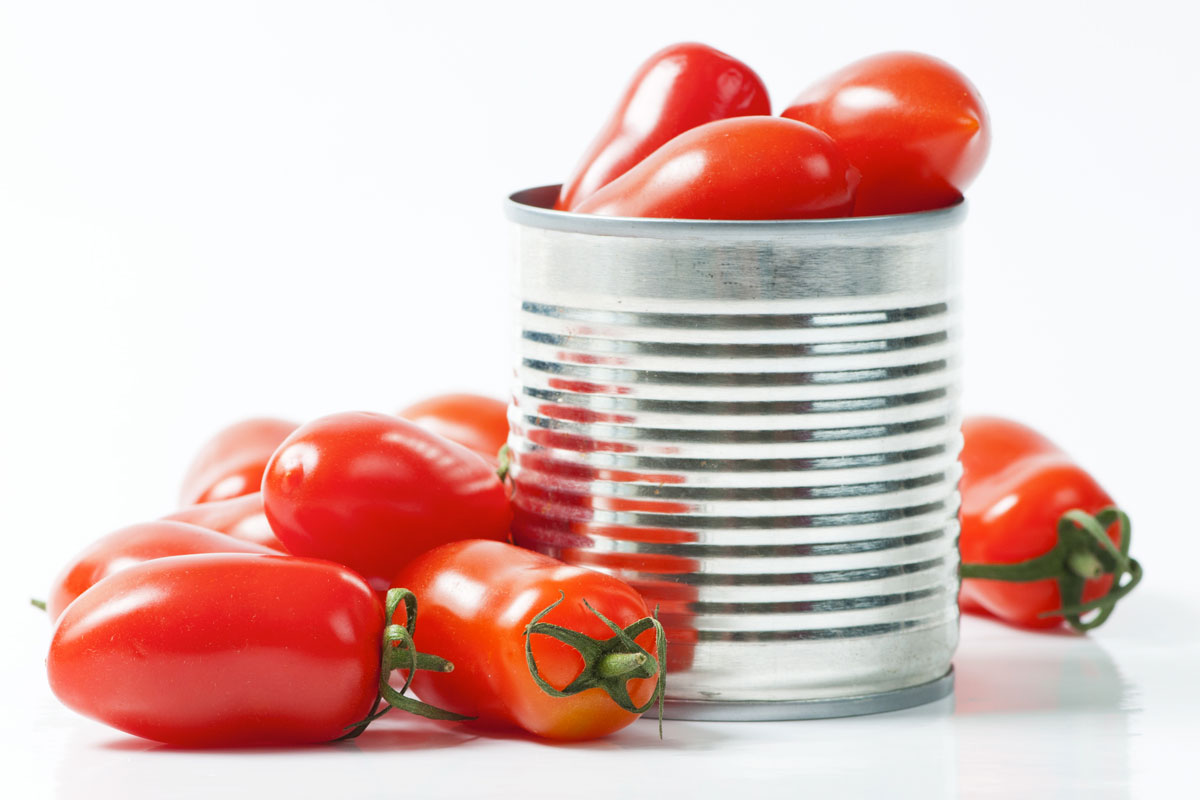For years Italy has been, and still is, an undisputed point of reference in the processed tomato sector. According to Anicav (National Association of Canned Food Industry), Italy is in fact the third largest producer of tomatoes in the world after the United States and China. Italy’s production is 13% of the world’s and 53% of Europe’s, for a total turnover of 3.5 billion euros – 1.8 of which come from exports.
Moreover, the European Commission looks at the Italian experience as a best practice in the field of data processing and monitoring activities in order to implement the application of the regulation on unfair commercial practices throughout the red preserves supply chain.
Industrial tomatoes production in Italy over the years
| 2014 | 2015 | 2016 | 2017 | 2018 | 2019 | 2020 |
| 4,914,362 | 5,398,459 | 5,217,180 | 5,253,366 | 4,653,696 | 4,800,648 | 5,166,129 |
All this was discussed a few days ago during the eighth edition of “Il Filo Rosso del Pomodoro”, the annual event promoted by Anicav and realized in partnership with Food publishing group. The forum’s goal is to allow a dialogue between the protagonists of the tomato industry supply chain.
Click here to discover the authentic Italian tomato preserves on Italianfood.net platform
PRODUCTION AND EXPORTS
Italy confirms itself as the top producer and exporter country of tomato derivatives. About 60% of red preserves production is destined to exports. According to Anicav data, in the first eight months of 2020, exports of canned tomatoes products grew by +2.64% in volume and +9.44% in value.
Italian red preserves exports – Top destination countries
| Country | % Var. in value (Jan.-Ago. 2020 vs 2019) |
| USA | +22.03% |
| Japan | +11.16% |
| Germany | +10.21% |
| UK | +10.03% |
| France | +1.29% |
ITALIAN CANNED TOMATOES 2020 CAMPAIGN
The 2020 tomato processing campaign in Italy ended a month ago. Despite the greater investments and quantity of raw material available, in order to guarantee the high quality standards of mashed, peeled, pulped and cherry tomatoes, it was necessary to use greater quantities of fresh tomatoes, with a consequent decrease in industrial yields.
Moreover, in Central and Southern Italy, and particularly in the Foggia area (Apulia), agricultural yields recorded a significant decrease, also due to the increase in the prices of raw material.

